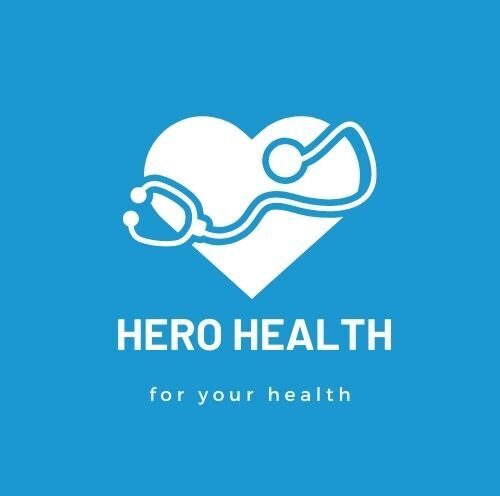Stitches are a common part of life, whether they are the result of a minor accident or a surgical procedure. While getting stitches may not be the most pleasant experience, taking care of them is crucial to ensure a smooth and infection-free healing process. In this article, we’ll walk you through the steps of how to take care of stitches in simple language that anyone can understand. No medical jargon, no complex terms – just straightforward advice to help you or your loved ones heal comfortably.
1. Understanding Stitches
Stitches, also known as sutures, are used to hold the edges of a wound or incision together, allowing the body to heal properly. They come in various materials, such as dissolvable and non-dissolvable, and are used for different types of injuries or surgeries.
2. The First 24 Hours: Immediate Care
In the first 24 hours after getting stitches, it’s crucial to take extra precautions:
- Keep it dry: Avoid getting the stitches wet during this time.
- Elevate if possible: If the stitches are on a limb, try to keep it elevated to reduce swelling.
- Watch for signs of infection: Keep an eye out for redness, increased pain, or pus around the stitches.
3. Keeping it Clean
Keeping the stitched area clean is vital throughout the healing process. Here’s how:
- Wash your hands: Always clean your hands thoroughly before touching the stitches.
- Use mild soap: When cleaning the area around the stitches, use mild soap and water.
- Pat, don’t rub: Gently pat the area dry with a clean cloth or sterile gauze. Avoid rubbing.
4. Handling Dressings and Bandages
Your healthcare provider may have placed dressings or bandages over the stitches. Follow these guidelines:
- Change as directed: If you need to change the dressing, follow your healthcare provider’s instructions.
- Don’t remove scabs: Let any scabs or crusts on the stitches fall off naturally.
5. Preventing Infection
Preventing infection is a top priority. Here’s how you can do it:
- Avoid submerging in water: While showering is usually fine, avoid soaking the stitched area in pools, hot tubs, or baths.
- Stay away from dirty environments: Keep the stitched area away from dirt, dust, and other contaminants.
6. Managing Pain and Discomfort
It’s normal to experience some pain and discomfort after getting stitches. Here’s how to manage it:
- Take pain relievers: If your healthcare provider recommends it, take over-the-counter pain relievers as directed.
- Rest and elevate: Resting and elevating the affected area can help reduce pain and swelling.
7. Stitch Removal
Depending on the type of stitches you have, your healthcare provider will advise when they should be removed. Don’t attempt to remove them yourself.
8. Caring for Special Stitches
If you have dissolvable stitches or staples, follow your healthcare provider’s specific instructions for care.
9. When to Seek Medical Help
While most stitches heal without any issues, it’s essential to know when to seek medical attention:
- Signs of infection: If you notice signs like increased redness, swelling, or discharge, contact your healthcare provider.
- Allergic reactions: If you suspect an allergic reaction to the stitches or any materials used, seek immediate help.
10. Stitches and Scarring
Stitches can leave scars, but you can take steps to minimize their appearance. Follow your healthcare provider’s advice on scar care.
Conclusion
Taking care of stitches is a straightforward process, but it requires diligence and attention to detail. By following these simple guidelines, you can ensure that your stitches heal properly, and you minimize the risk of complications.
Remember, if you have any doubts or concerns about your stitches, don’t hesitate to contact your healthcare provider. Your health and well-being are paramount.
Frequently Asked Questions (FAQs)
Q1: Can I shower with stitches?
Yes, you can shower with stitches but be cautious not to soak the stitched area. Use mild soap and avoid high-pressure water directly on the stitches.
Q2: How long do stitches usually stay in?
The duration varies based on the type of stitches used and the location of the wound. Your healthcare provider will give you specific instructions on when to have them removed.
Q3: What should I do if my stitches start to bleed?
If your stitches start to bleed significantly, apply gentle pressure with a clean cloth or gauze. If the bleeding doesn’t stop, seek medical attention.
Q4: Is it normal to experience itching around stitches?
Itching is a common part of the healing process. Avoid scratching the area and consult your healthcare provider if it becomes bothersome.
Q5: Can I go swimming with stitches?
Swimming should generally be avoided until your stitches are removed or your healthcare provider gives you the green light. Pools and natural bodies of water can introduce infection risks.
Taking care of stitches is a simple yet essential aspect of wound healing. By following these guidelines and seeking timely medical attention when needed, you can ensure a smooth and successful recovery.
By- AjaypalSingh (HeroHealth)





